
Case Study: Jet2 Holiday Viral Trend
“Nothing Beats a Jet2 Holiday? A Case Study on Virality, Brand Perception, and Business Impact”
Overview of the Trend
- In 2025, a Jet2 advert audio (“Nothing beats a Jet2 holiday” voiceover, using Jess Glynne’s Hold My Hand) resurfaced / went viral on TikTok and other social platforms. Users began pairing it with holiday fails, travel mishaps, ironic or comedic content. ABC News+4People.com+4Forbes+4
- Originally, the advert was a standard Jet2 holiday promo offering discounts, showing idyllic holiday scenes. People.com+2Forbes+2
- The audio had been used in many (over 1.5 million) user videos by mid-2025. People.com+2Business Insider+2
Growth Metrics & Site / Financial Stats
These are numbers from Jet2’s publicly published results that help measure how the company has been doing during the period before & during the rise of the trend.
| Metric | Value & Change | |
| Passengers flown | Grew ≈ 12% to 19.77 million in year ended 31 March 2025 vs 17.72m the previous year. Jet2 plc | |
| Seat capacity | Increased by about 13%. Jet2 plc | |
| Revenue | Up ~15% to £7,173.5 million vs ~£6,255.3m the previous year. Jet2 plc+2Jet2+2 | |
| Operating profit | More modest growth, ~4%. Jet2 plc | |
| Profit before FX, tax | Up ~11%. Jet2 plc | |
| Package holiday customers | Up ~8% to about 6.58 million. Jet2 plc+1 | |
| Flight-only passengers | Up ~18%. Jet2 plc | |
| Average package holiday price | Rose ~5% to ~£873. Jet2 plc | |
| Brand & direct marketing spend | Up ~26%. Jet2 |
So, in summary: Jet2 was already on a growth trajectory (more seats, more passengers, rising revenues, marketing spend rising). The virality of the “Nothing beats a Jet2 Holiday” sound came at a moment when the company was scaling up significantly. It provides an opportunity to amplify brand reach and possibly cut through with earned media / user generated content.
Also relevant is that Jet2 noted some challenges: late bookings, external cost inflation (fuel, supplier costs etc.), macroeconomic uncertainty. Jet2+2Jet2 plc+2
How Jet2 Handled (and Mis-Handled) the Trend: Marketing Breakdown
Here’s how they milled / could have milled this opportunity—what they did well, what risks, what could’ve been better.
What Jet2 Did Right / Positive Moves
- Embrace the trend rather than push back
Once the audio started spreading via users using it for ironic/fail content, Jet2 didn’t try to suppress it. They leaned in: posting lip-sync videos with staff, launching a TikTok challenge with a voucher prize. Forbes+3Forbes+3People.com+3 - Use of incentives / challenge mechanics
The company offered a holiday voucher (e.g. £1,000) for best videos using the sound + challenge tag. That helps drive participation and user generated content, which in turn spreads the meme. Business Insider+1 - Leveraging nostalgia / pre-existing content
Because the jingle and the voiceover had been part of their usual ad & in-flight experience, there was familiarity. The viral trend tapped into that nostalgia + surprise. That gives a solid base for something to go viral. People.com+1 - Public engagement by related people
The voice actor (Zoë Lister) & Jess Glynne (whose music was the backing track) interacted, which helps social proof / shared ownership of the meme. This humanises the brand. People.com+2Business Insider+2
Risks, Missteps, or What Could Have Been Better
- Tone mismatch / brand risk
Because much of the content using the audio is ironic / negative (holidays failing, mishaps), there’s a risk brand perception could shift. Are people laughing with Jet2, or at Jet2? Is the tone cheeky or does it damage trust if people assume Jet2 holidays are unreliable? Jet2 risked being associated with negative holiday experiences. Some media questioned whether this was a “PR dream or disaster.” The Guardian+2Forbes+2 - Limited control once virality starts
Once massive user content starts, brand cannot fully control messages. Jet2 seems to have realised this, but the fallback plan needs to be solid. Some usage (e.g. by third parties) may be undesirable. Example: White House usage in a deportation video (which caused backlash). Business Insider+1 - Overreliance on virality / variable impact
Just because something is trending doesn’t always translate into bookings or revenue. Jet2 needed to convert awareness into demand. Given some indicators of late bookings etc., the trend helps, but may not fully solve deeper demand or macroeconomic pressures. Indeed, despite the viral trend, some metrics (like winter capacity) had to be adjusted due to “difficult market.” The Guardian - Potential mismatch of campaign messaging
The original promo was about ideal holidays & discounts. Once users used the audio ironically, the contrast created humor but also may have undermined seriousness of service quality or raised customer expectations. If people expect per-person discount, but then find hidden costs, mismatches, this could backfire.
How It Affected Company Growth
Putting the pieces together: what did the trend likely contribute to, what it didn’t fix, and what we can infer.
- Brand awareness & earned media: The viral sound increased Jet2’s exposure beyond paid channels. Articles in major media outlets (Forbes, Guardian, etc.) talking about the meme boosted reach. That’s value. The Guardian+3Forbes+3Forbes+3
- Potential to drive bookings / managing demand: Because the trend gained in summer 2025, when Jet2 was already seeing strong demand, it likely helped maintain or increase the momentum. But evidence suggests that bookings remained “late” and that winter demand visibility was weak. So while helpful, the trend was not a panacea. Jet2 plc+1
- Financial performance: Jet2 had record or near-record revenues and profits (despite inflation, costs). The marketing spend was up, but the returns seem to have been positive. However, margins under pressure from cost inflation remain a factor. Jet2+1
- Stock / investor response: The company’s shares fell ~15% in one instance after warning about winter capacity and uncertain consumer behaviour, despite the viral campaign. This shows that investors look beyond memes; they care about substantial, longer-term metrics. The Guardian
Where to Check / Back up Stats & Data
To verify or monitor similar trends and company performance, these are good sources:
- Annual Reports / Preliminary / Full Year Results of Jet2 plc. These provide revenue, passenger numbers, capacity, yield, cost breakdown, etc. Jet2 plc+2Jet2+2
- Regulatory filings / investor presentations by Jet2 (UK companies have to publish financials and these often contain forward-looking commentary).
- Media coverage & news outlets: Forbes, Business Insider, The Guardian. They report on trends, stats, sometimes quoting company numbers or external metrics. Forbes+2Business Insider+2
- Social media analytic tools (e.g. TikTok analytics, Google Trends) to see how many videos, impressions, search interest over time. Some reports quote things like “over 1.5 million user videos”, etc. People.com+1
- Company press releases / marketing communication: when Jet2 acknowledges the trend, e.g. launching #Jet2Challenge, incentives, etc. Forbes+1
What Jet2 Could (or Should) Have Done Even Better / Mitigation Strategies
- Pre-planning for virality
Have prepared crisis / brand perception plans in place in case user-generated content skews negative. Monitor sentiment carefully. - Align messaging with operations
If holidays fail, delays occur, etc., having good customer service responses, transparency, showing how the brand improves / solves issues helps maintain trust. - Use the trend to drive direct calls to action
Eg: special offers, discount codes, booking windows tied to the viral content. Ensuring that awareness translates to conversion (sales). - Segmenting the campaign
Use geolocation, demographics, format (TikTok, Instagram Reels, short video vs UGC) to target groups more likely to convert. - Measure lift attributable to the trend
Use tracking (promo codes, referral links) or incremental lift studies to see how many bookings derive from people exposed to the viral content. - Balance tone
Embrace humor without letting negative or ironic content overshadow the promise of quality. Possibly create content that shows both “what the holiday’s like (real)” vs “what you hope it is,” using the meme contrast but finishing with assurances. - Protect brand in controversial contexts
Be ready to respond if the audio is mis-used (e.g. political contexts) so the brand isn’t associated incorrectly. Jet2 had to contend with a version where the White House used their sound inappropriately. Indiatimes
Summary & Lessons
- Social media virality can unexpectedly amplify brand reach and awareness. When it happens to a brand, embracing (in a controlled way) is often better than resisting.
- But virality doesn’t always equal profit: you need to convert attention into sales, ensure operations meet customer expectations, protect brand reputation.
- Trends often bring exposure costs low or even negative, but they also come with risks of tone drift or negative association.
You may also like
Cooking Up Success: A Simple Digital Marketing Recipe for Small Businesses
Most small business owners know digital marketing is important — but many don’t know where to st
(Digital) Marketing: Learn, Unlearn and Relearn
What You Need to Know to Grow Your Business Introduction This eBook is about marketing — yes, with
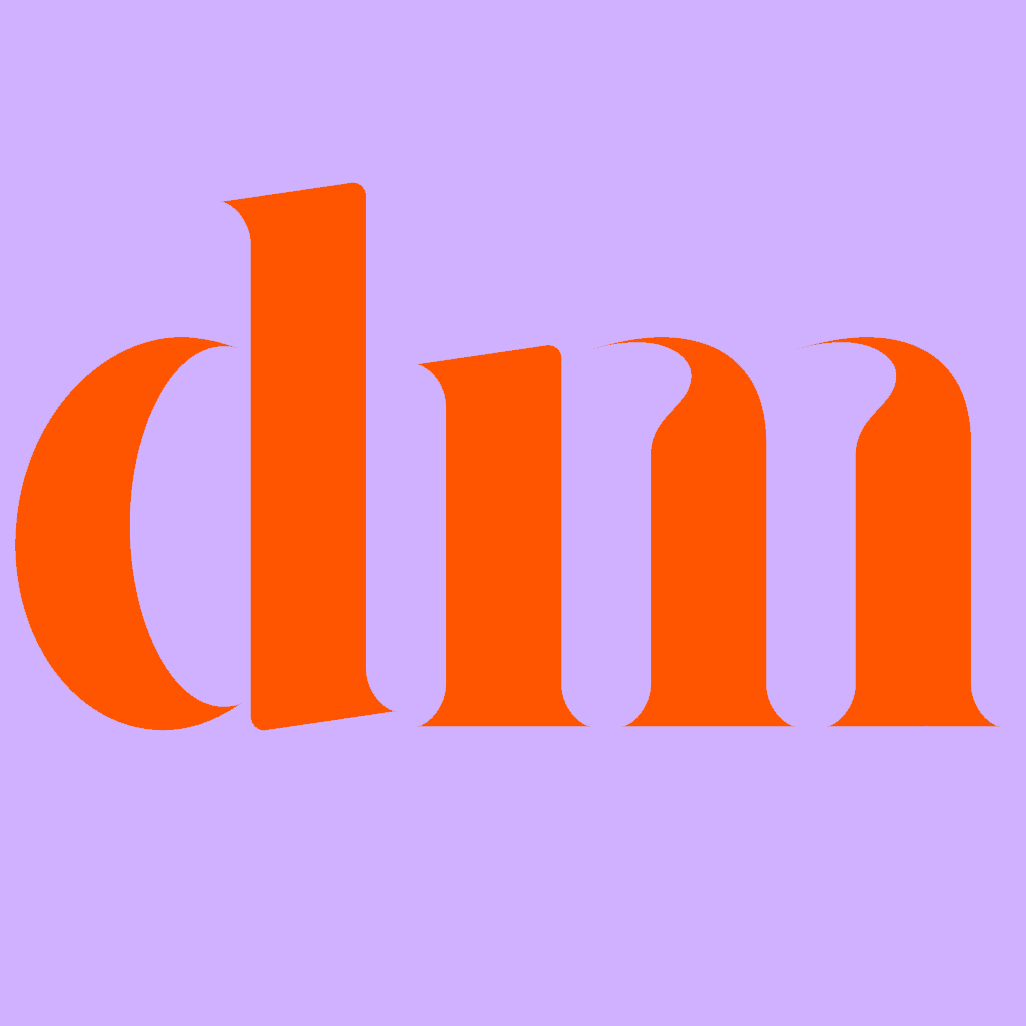
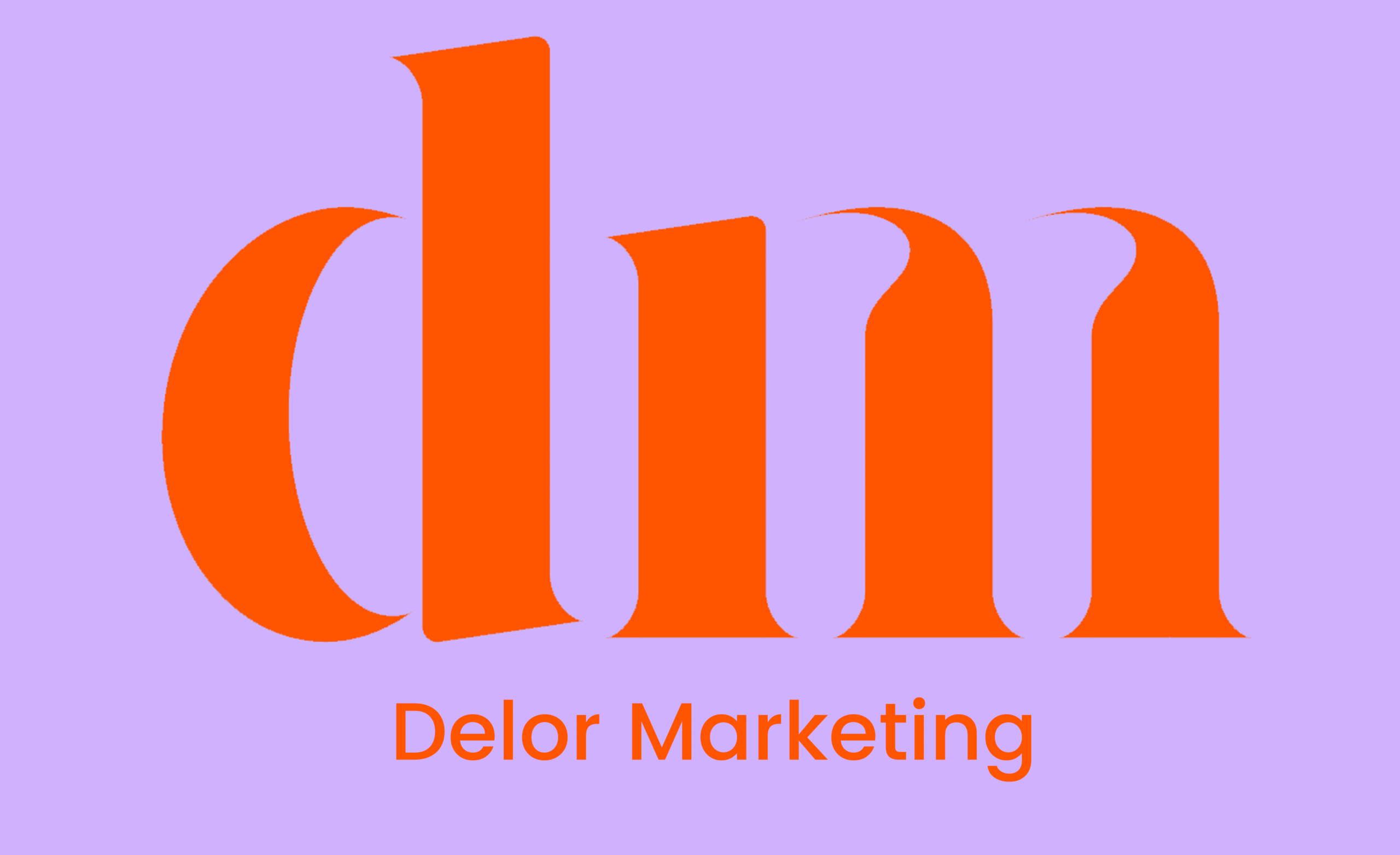
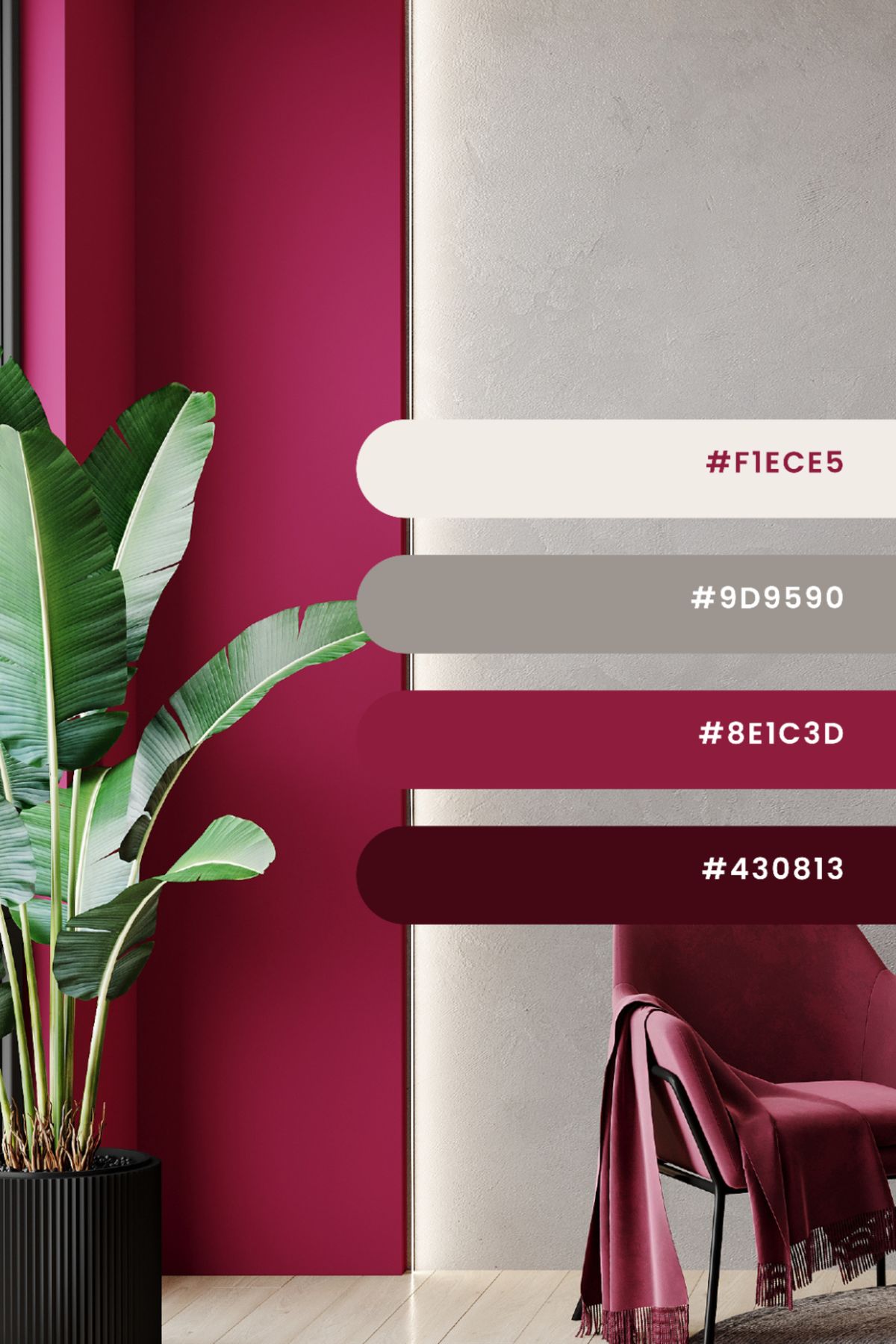
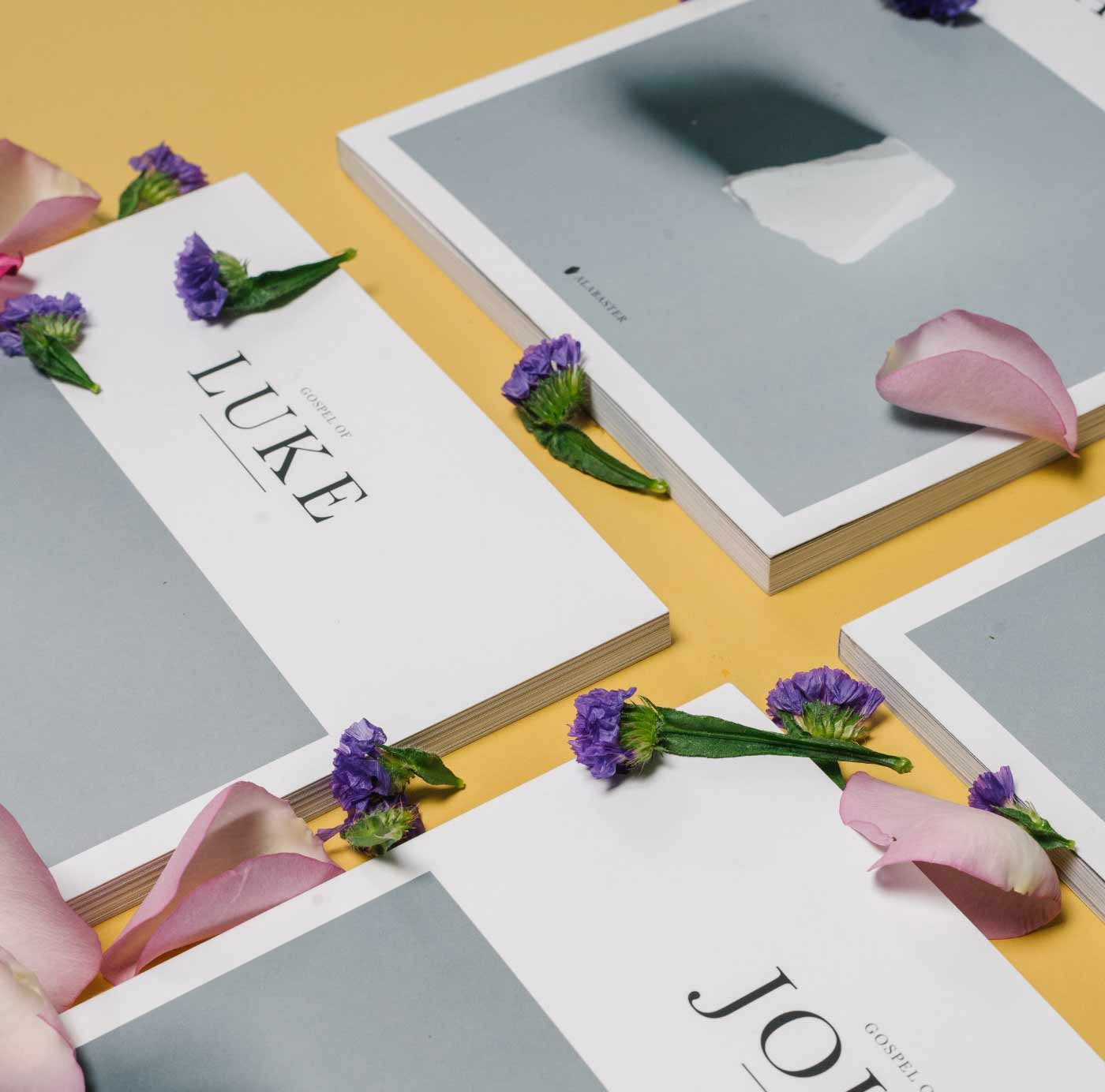
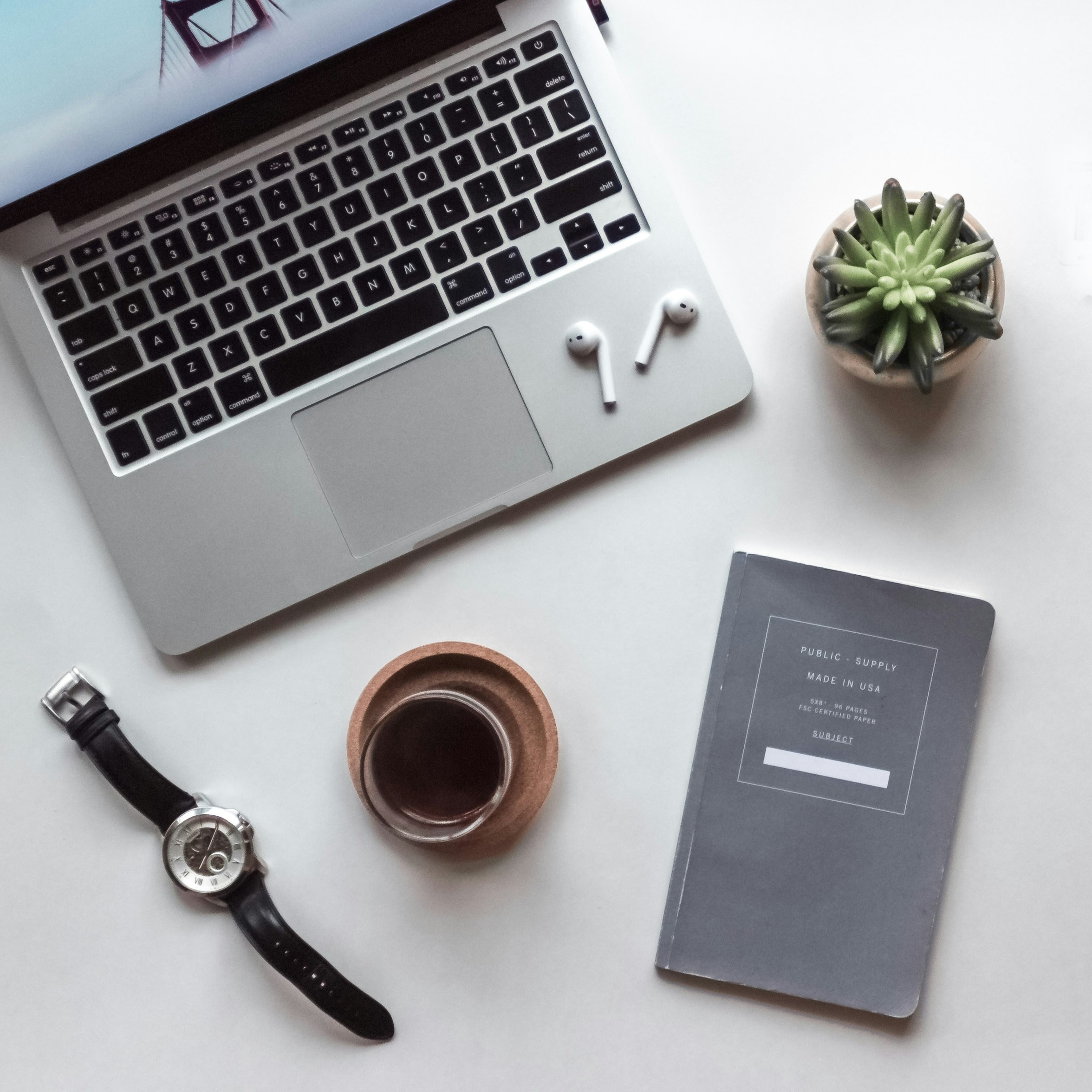
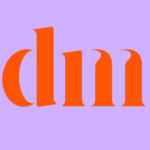
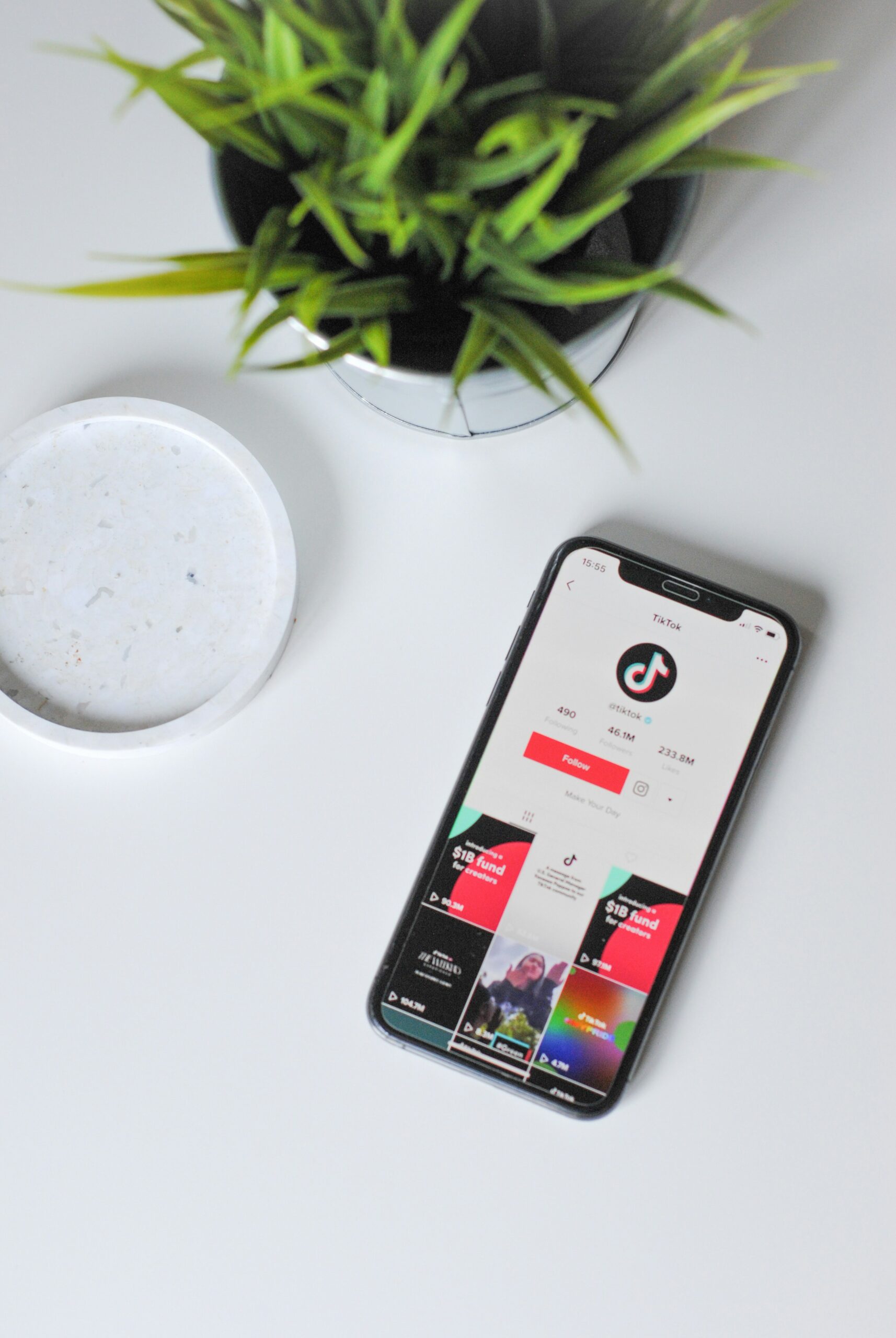
Post a comment